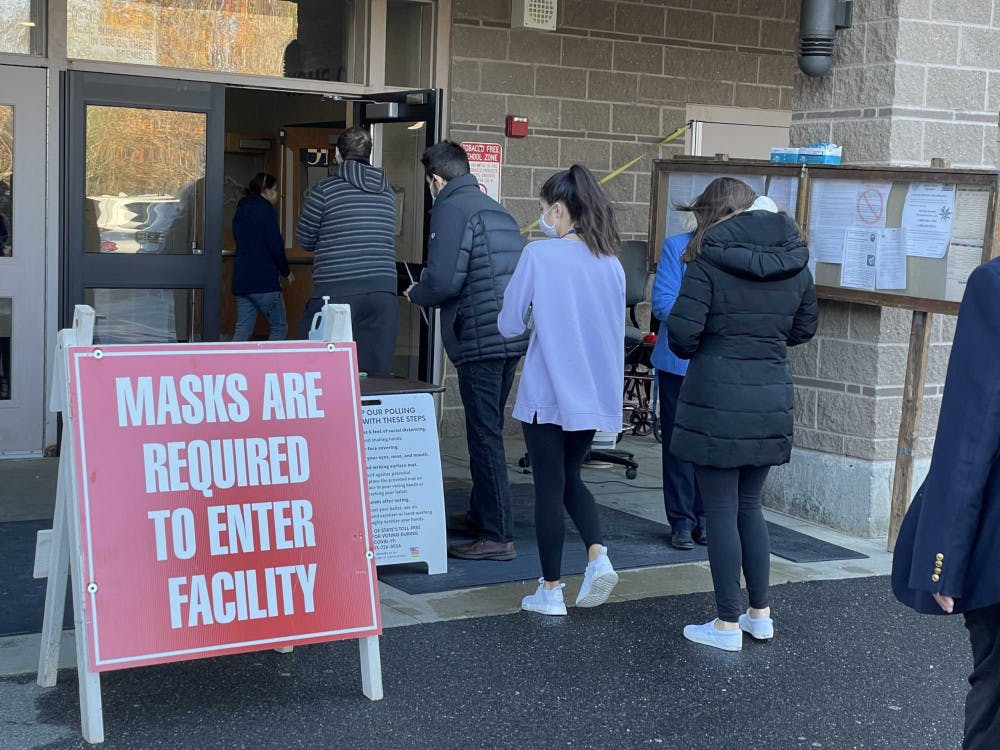The coronavirus (COVID-19) pandemic shifted the workings of politics to create an unprecedented 2020 presidential election cycle. Chief among these changes has been the increased use of absentee ballots, which has many voters wondering how the influx of ballots will affect election results.
92.1 million absentee ballots were requested or sent to voters in 50 states and the District of Columbia, according to the New York Times. In New Hampshire, voters were allowed to cite COVID-19 as a reason to vote absentee, officially categorized as a “Religious Observance/ Physical Disability,” with officials sending absentee ballots as soon as applications were received. New Hampshire received over 225,000 ballot requests.
The town of Durham also saw a large increase in absentee voters with 3,734 absentee ballots being cast compared to 770 during the 2016 election, according to the town’s website. However, there was a decrease in overall voter turnout with 7,756 people voting this year, an almost 2,000 decrease from the previous presidential election.
Nevertheless, current estimates indicate that the 2020 presidential election had the highest turnout rate in 120 years, according to the United States Elections Project. 160 million people voted in Tuesday’s election, resulting in a turnout rate of 66.9%. The highest turnout previously occurred in 1900, with a 73.7% turnout.
However, University of New Hampshire (UNH) Political Science Professor Dante Scala in a previous interview with The New Hampshire said that it is difficult to connect voter turnout with the increased use of absentee ballots due to the larger political landscape.
“I think the President himself, for better or for worse, drives a lot of people to the polls,” explained Scala.
The increased use of absentee ballots also has raised concerns over how long it will take for election results to be finalized. 46 states allow absentee ballots to be preprocessed before Election Day. The regulations on the start date for preprocessing vary by state, with New Hampshire beginning the process on Oct. 29, according to the New York Times.
Durham held its own partial processing session on Oct. 31, according to the town’s website. However, Pennsylvania—a critical swing state—does not allow absentee ballots to be processed until Election Day. This means that they may take longer to have results.
The New York Times also found that the majority of voters voting absentee ballots were Democrats which means that results will likely favor Republican candidates until the absentee ballots are processed.
Scala believes election results will be finalized in a few days rather than a few weeks. The “nightmare scenario” would be several close elections in key states, similar to what happened in Florida during the 2000 election between Al Gore and George Bush. However, he hopes that positives come from the increased use of absentee voting, such as convincing more casual voters to participate in elections and persuading Congress to standardize voting laws across the country.
“I’m hoping, one way or another, we have a clear decisive verdict that isn't all that close. [That way] it's pretty clear to the loser and, to the loser’s political party more importantly, that they, in fact, have lost,” said Scala.












